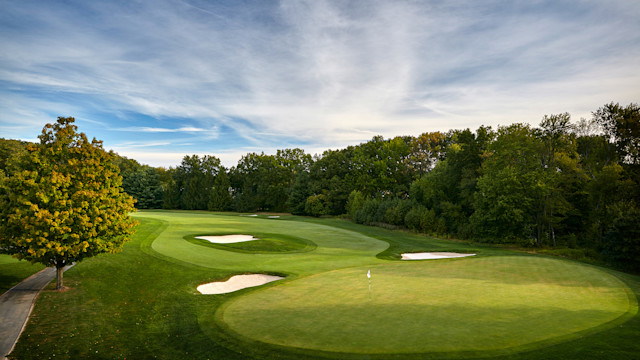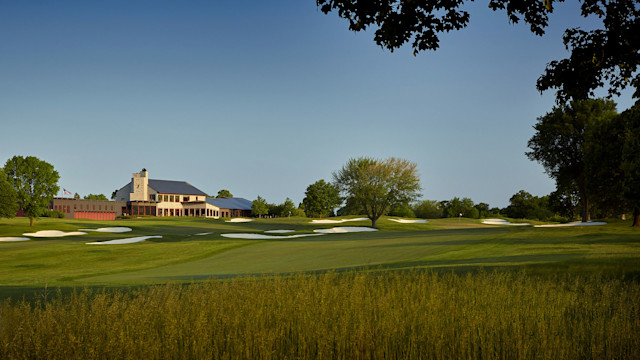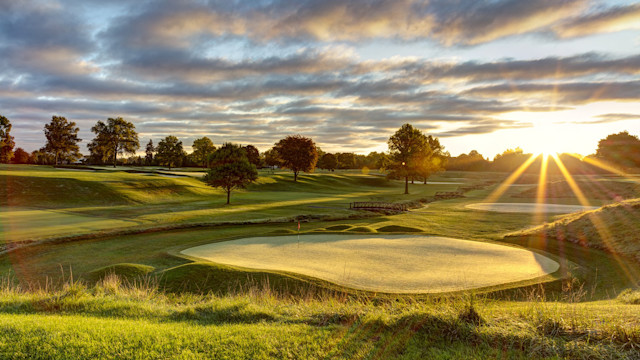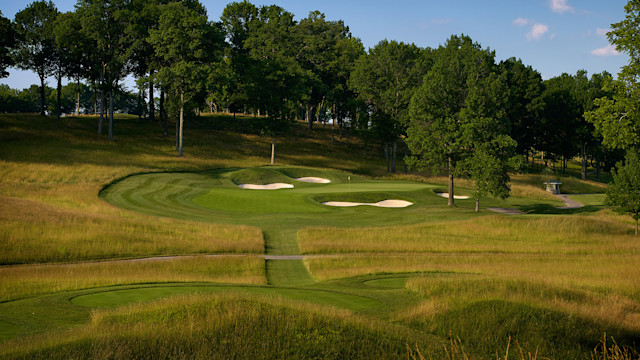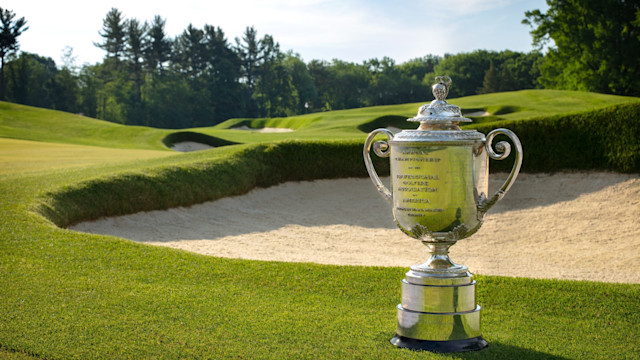Course Spotlight
Oakland Hills - The “Monster” is a Reservoir of History with a Proud Major Heritage
By Bob Denney, PGA Historian
Published on
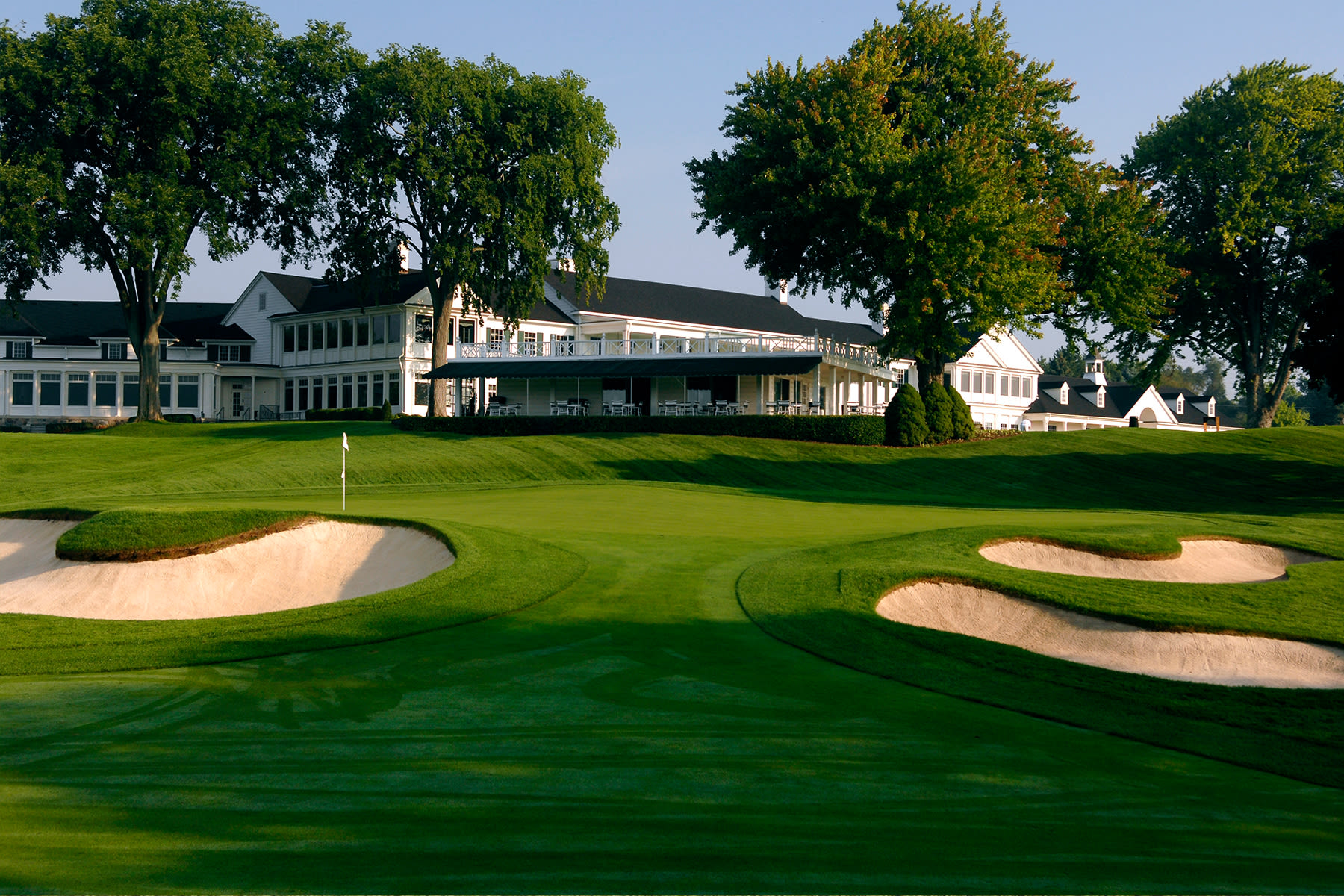
Two Ford automobile executives, and golf lovers, set the wheels rolling in transforming 400-plus acres of rolling pasture and orchards in southeastern Michigan into Oakland Hills Country Club.
Norval Hawkins, Henry Ford’s first accountant and later first sales manager, teamed with Joseph Mack, who worked in Ford Motor Company’s printing and advertising division -- and excelled in real estate and raising horses. In December 1916, Mack announced at the club’s board meeting that he had engaged the services of legendary Scottish architect Donald Ross.
Upon seeing the property for the first time, Ross said, “The Lord intended this to be a golf course.” Actually two, as he designed two 18-hole courses: the South opened in 1918, the North six years later.
Fifteen miles northwest of Detroit, Oakland Hills has been the site of much golf history. It also has been especially successful at retaining head golf professionals. In more than 100 years, there have been only nine, the first the inimitable Walter Hagen.
A PGA Charter Member, a 27-year-old Hagen was hired at a salary of $300 per month. Before the golf shop was built, Hagen worked out of a chicken coop near the large, old barn alongside the first hole. He spent just one season on the job before flying the coop to pursue a full-time career on tour. His decision came after winning his second U.S. Open in 1919 (he’d also won in 1914) in a playoff with Mike Brady, the man he recommended as his successor.
The Brady name permeates Oakland Hills and the state of Michigan. The club’s head professional today is Steve Brady, currently in his fifth season. He is not related to Mike or Tom Brady, the University of Michigan quarterback who made NFL history with the New England Patriots before heading to Tampa Bay this year.
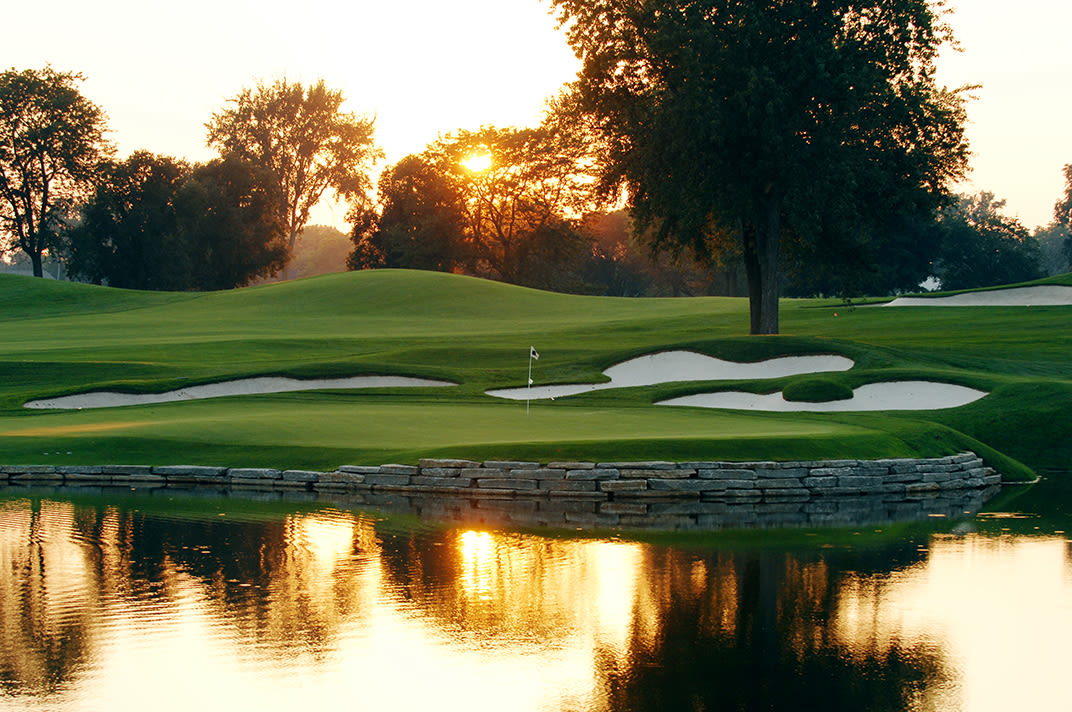
Between 1922 and 2016, Oakland Hills hosted 11 professional major championships -- including six U.S. Opens, four PGA Championships, the 2004 Ryder Cup and the 1922 Western Open (which was won by Brady), along with the 2002 and 2016 U.S. Amateur.
In 1951, as Detroit was preparing for its 250th anniversary, Oakland Hills’ Executive Committee had preceded it hosting the U.S. Open by hiring noted golf designer Robert Trent Jones Sr. to “toughen up” the South Course. And toughen it he did.
Jones’ workmanship prompted Ben Hogan to say, “If I had to play this course for a living every week, I'd get into another business.” Yet, Hogan finished the Open with a 67 for a winning score of 7-over-par, and said at the trophy presentation, "I'm glad I brought this course -- this monster -- to its knees."
In 2006, Rees Jones, son of Robert Trent Jones, was called upon to add his expertise two years ahead of the PGA Championship.
“When I interviewed for the job, I said, ‘I’ve been waiting for this call my whole life,”’ said Jones. “The changes my father made at Oakland Hills, which was the first course strengthened after World War II, catapulted his career. It’s a real honor for my family to bring Oakland Hills into the 21st century.”
The 2008 PGA Championship at Oakland Hills was another tough test, with the 36-hole cut at 8-over-par. Yet, Ireland’s Padraig Harrington found his form for two consecutive 66s on the weekend. His rolling home an 18-foot par putt on the 18th hole gave him a 3-under-par winning total of 277 and a two-stroke victory over Spain’s Sergio Garcia.
Harrington snapped one of the PGA’s longest victory droughts. He became the first European to win a PGA Championship since Scotland’s Tommy Armour in 1930.
